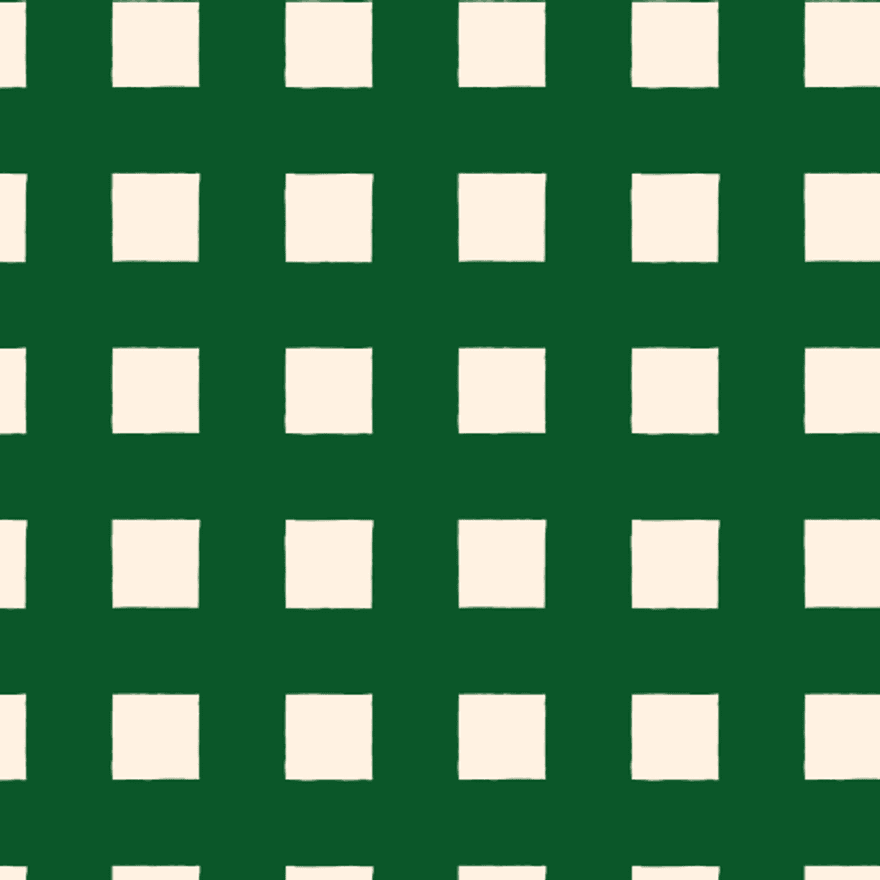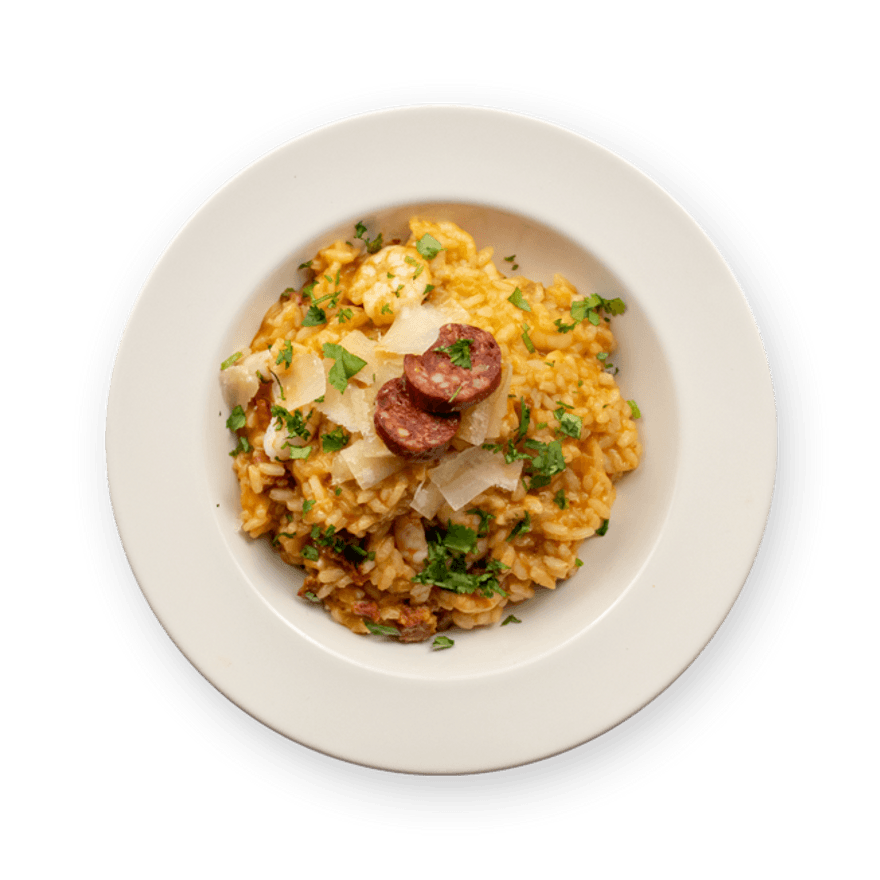Oops! 🤓
This recipe is not yet fully translated into English...
Ingredients
Make sure you have...
Utensil
Thermomix
recipe

Step 1
If needed, thaw the shrimp. Peel & finely mince the shallots.

Step 2
Step 3


Step 4

Step 5


Step 6
Step 7
Personal notes
Add your own flavor!
Nutrition facts
Average estimated amount for one serving
| Energy | 495 cal. |
| Fat | 17 g |
| Carbohydrates | 57 g |
| Protein | 24 g |
| Fiber | 0.75 g |
Values are based on an average estimate for one serving. All nutrition information presented on Jow is intended for informational purposes only. If you have any concerns or questions about your health, please consult with a health-care professional.
On average, one serving contains 495 Energy, 17 g of Fat, 57 g of Carbohydrates, 24 g of Protein, 0.75 g of Fiber.
Price per portion
| € | Nos recettes à -2 € par portion |
| €€ | Nos recettes entre 2 € et 4 € par portion |
| €€€ | Nos recettes à +4 € par portion |
Please note, the price above is dependent on your grocer and the available products in the grocery store you chose.
Scores


B Nutri-score
The Nutri-score is an indicator intended for understanding nutritional information. Recipes or products are classified from A to E according to their food composition to promote (fiber, proteins, fruits, vegetables, legumes, etc.) and foods to limit (energy, saturated fatty acids, sugars, salt, etc.).
B Green-score
The Green-score is an indicator representing the environmental impact of food products. The recipes or products are classified from A+ to F. It takes into account several factors on the pollution of air, water, oceans, soil, as well as the impacts on the biosphere. These impacts are studied throughout the product life cycle.
Retrieving reviews...



